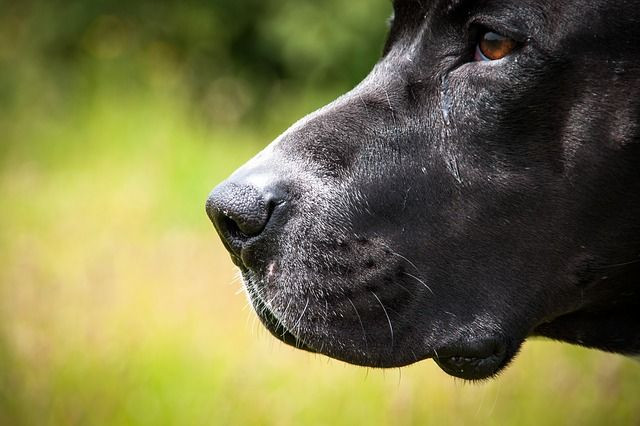New Gov't Stat Shows No Animal Attacks In Glenn Innes For The Past 3 Years
Glen Innes received some good news recently as government data showed no reported animal attacks in the past three years.
The Examiner suggested that the town had its last reported dog attack at the end of 2016 with seven “animal attack s in three reported incidents” between October 31 and December 31 of the said year.
However, there had been five dog attacks during that span that had not been recorded. A ccording to Council director Graham Price, these cases were “missed” by the state government statistics that spearheaded the data collection.

The director of development, planning and regulatory services also pointed that there have been five reported attacks since March of this year. This, he added, will be added to the list and will be reflected in the next round of data.
Among those The Examiner included were the attack on Laura and Daniel Hayden when a 35 kilogram dog “smashed through a locked door” and left the couple with a hefty $4,000 health bill.
Another came in May when Leanne Knox was attacked by a blue cattle dog while she was walking.
Knox suffered several grazes and five puncture wounds, including one that was described to be “very deep.”
The Companion Animals Register has already registered the attacks and “should flow through future reporting statistics,” Price added.
Local veterinarian Hannah Pope spoke along this line and said that they saw “a lot more dog attacks” in contrast to what the statistics had suggested.
She also believed that some owners aren't reporting when their pets are involved in attacks. At the same time, the recent report had a positive impact on the animal doctor as the numbers proved that owners are now responsible and a “bit more conscientious.”
The same data also revealed that pet owners in Glen Innes are “relatively responsible” in registering their animal companions.
It said close to 7,000 pets were fitted with microchips this year as compared to only 4,793 “microchipped dogs” in 2014.
“That's one microchipped dog for almost every resident - 6,776 pets” to around 8,900 human residents, said the source.
While Glen Innes apparently “broke the three year record,” Moree posted the highest rate in dog attacks in New South Wales with 30, including 2 humans who were seriously injured. 15 victims were reported to have sustained “less serious” injuries alongside 34 “animal victims of attack” and 7,788 microchipped dogs.
Tamworth meanwhile had five dogs attacks, while Armidale reported three, Inverell with 12 and zero in Tenterfield.
Central Coast Council was deemed by the source as the worst state with 71 attacks to go with 40 human victims and 58 animal casualties.





















